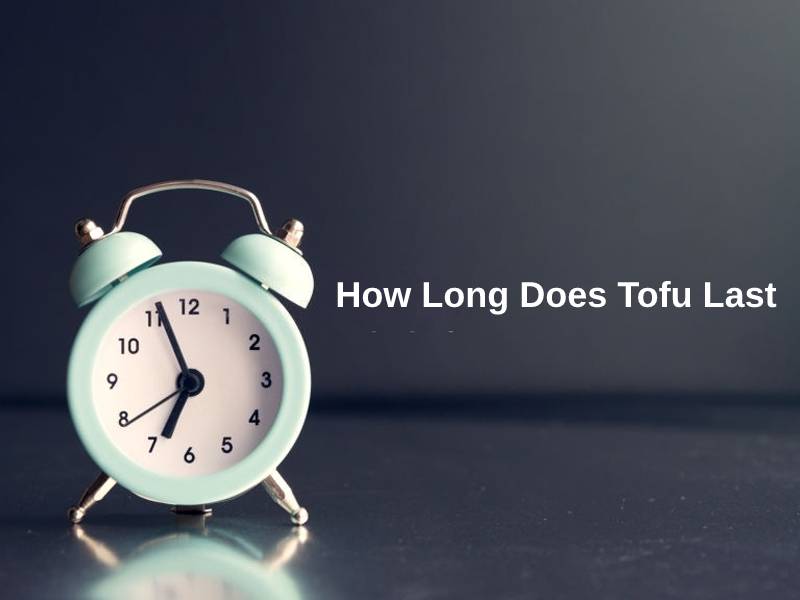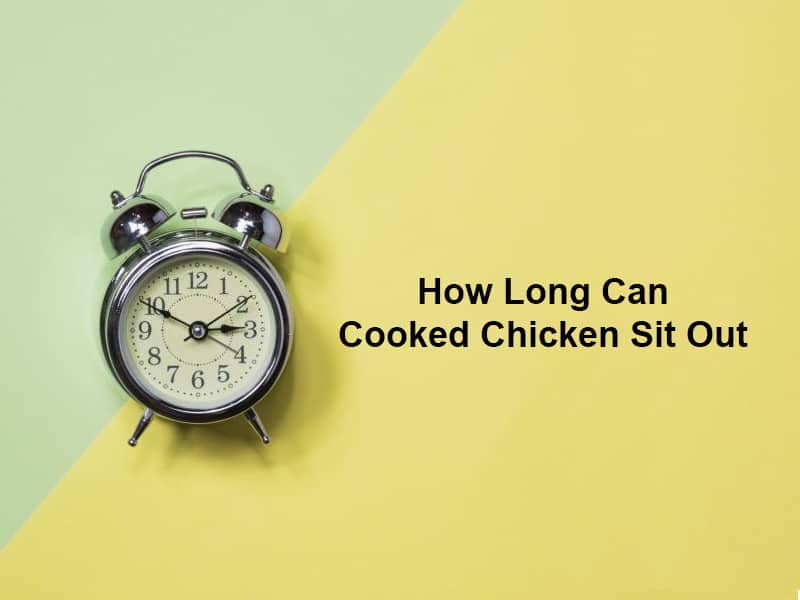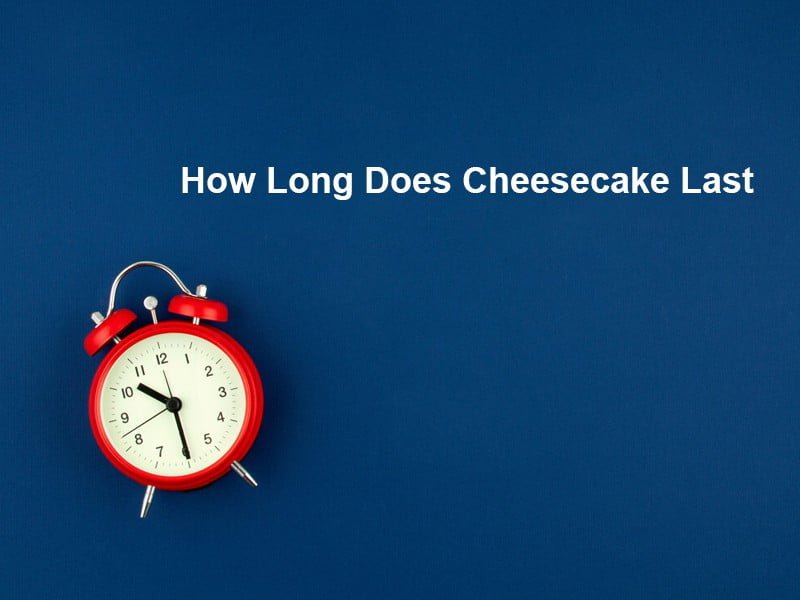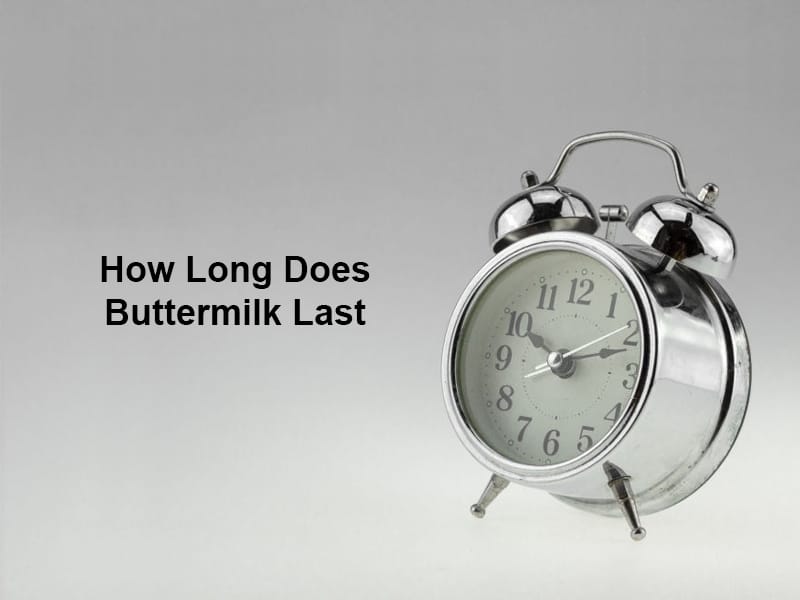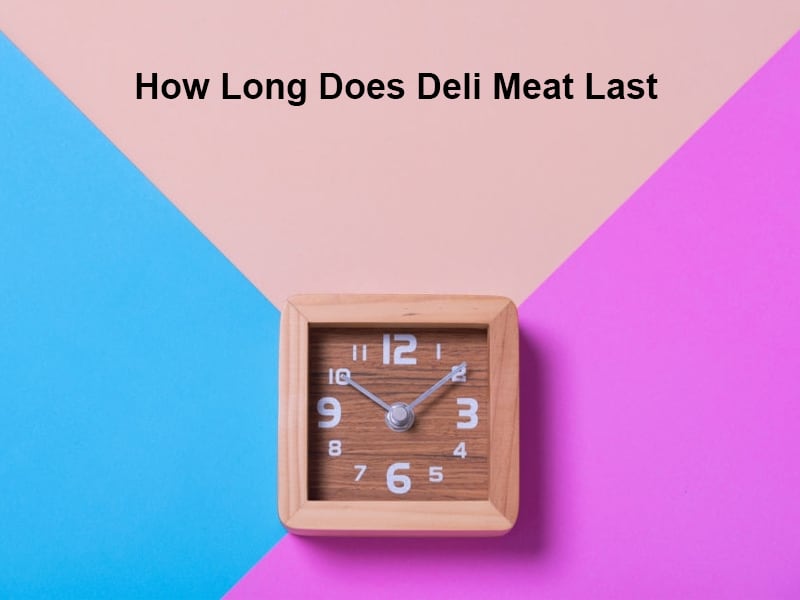What is Tofu?
Tofu, also known as bean curd, is a popular and versatile food product made from soybeans. It is a staple in many Asian cuisines. It has gained popularity worldwide as a meat substitute for vegetarians and vegans due to its high protein content and versatility in cooking. Here are some key points about tofu:
- Ingredients: Tofu is made from soybeans, water, and a coagulant. The coagulant is a mineral salt or an organic acid, which helps curdle the soy milk and form curds.
- Varieties: There are various types of tofu, including silken tofu, soft tofu, firm tofu, and extra-firm tofu. The texture and firmness of tofu vary depending on the amount of water pressed out during the manufacturing process.
- Nutrition: Tofu is a nutritious food rich in protein, iron, calcium, and other essential nutrients. It is also a good source of plant-based protein, making it an important part of many vegetarian and vegan diets.
- Taste and Texture: Tofu has a mild, slightly bean-like flavor, making it versatile in absorbing the flavors of the cooked ingredients. The texture can range from silky and smooth (silken tofu) to dense and firm (extra-firm tofu).
- Cooking: Tofu can be used in various savory and sweet dishes. It can be stir-fried, grilled, baked, scrambled, blended into smoothies, or used in soups and stews. Its versatility makes it suitable for both savory and dessert preparations.
- Health Benefits: Tofu is considered a healthy food choice due to its low saturated fat content, high protein content, and beneficial plant compounds known as phytochemicals. It is recommended as part of a heart-healthy diet.
- Cultural Significance: Tofu has been consumed in Asia for over 2,000 years and is a fundamental part of the cuisine in countries like China, Japan, Korea, and Vietnam. It has also gained popularity in Western countries as interest in plant-based and vegetarian diets has grown.
What is Soya Chunk?
Soya chunks, also known as textured soy protein, soy meat, or soy nuggets, are a type of plant-based protein made from defatted soy flour. They are used as a meat substitute in vegetarian and vegan diets due to their high protein content and meat-like texture when rehydrated. Here are some key points about soya chunks:
- Ingredients: Soya chunks are made from soybean meal, the residue left after extracting soybean oil. The soybean meal is processed to remove the fat and then extruded or shaped into small, chunk-like pieces.
- Nutrition: Soya chunks are a rich source of plant-based protein and are low in fat. They are also a good source of essential amino acids, iron, and other nutrients. Many soya chunk products are fortified with additional vitamins and minerals.
- Texture: Soya chunks are dry and brittle when purchased. To prepare them for cooking, they must be rehydrated by soaking them in hot water or simmering them in a flavorful liquid. When rehydrated, they take on a meaty, chewy texture, similar to cooked meat.
- Versatility: Soya chunks are highly versatile and can be used in various dishes, including curries, stews, stir-fries, pasta dishes, and more. They absorb the flavors of the ingredients they are cooked with, making them suitable for various culinary styles.
- Health Benefits: Soya chunks are a healthy protein source, especially for vegetarians and vegans. They are low in saturated fat, cholesterol-free, and can be part of a balanced diet. Soy protein has also been linked to potential health benefits, such as heart health and reduced risk of certain diseases.
- Allergen Information: It’s important to note that soy is one of the eight major food allergens, and some individuals may have soy allergies. Therefore, people with soy allergies should avoid soya chunk products.
Comparison Table Between Tofu and Soya Chunk
| Aspect | Tofu | Soya Chunk (Textured Soy Protein) |
|---|---|---|
| Ingredients | Soybeans, water, coagulant (e.g., calcium sulfate) | Defatted soy flour |
| Texture | Varies from silky and smooth (silken tofu) to firm or extra-firm | Dry and brittle when purchased, becomes meaty and chewy when rehydrated |
| Flavor | Mild, slightly bean-like flavor | Neutral flavor that absorbs other flavors well |
| Protein Content | High | High |
| Nutritional Profile | Good source of protein, iron, calcium, and other nutrients | Good source of protein, lower in fat compared to tofu |
| Preparation | Ready to use, no rehydration required | Requires rehydration by soaking in hot water or simmering |
| Versatility | Suitable for a wide range of savory and sweet dishes, including stir-fries, soups, desserts, and more | Used in savory dishes such as curries, stews, and stir-fries |
| Usage | Commonly used as a meat substitute in vegetarian and vegan diets | Primarily used as a meat substitute in vegetarian and vegan diets |
| Allergen Information | Contains soy and may trigger soy allergies in some individuals | Contains soy and may trigger soy allergies in some individuals |
| Health Benefits | Considered a healthy food choice due to its low saturated fat content and plant-based protein | Considered a healthy protein source, particularly for vegetarians and vegans |
| Cuisine | Commonly used in Asian cuisines, but also popular worldwide | Used globally but more commonly associated with vegetarian and vegan cooking |
Main Differences Between Tofu and Soya Chunk
- Ingredients:
- Tofu is made from soybeans, water, and a coagulant (calcium sulfate).
- Soya chunks are made from defatted soy flour.
- Texture:
- Tofu varies in texture from silken and soft to firm or extra-firm, depending on the type.
- When purchased, Soya chunks are dry and brittle but become meaty and chewy when rehydrated.
- Flavor:
- Tofu has a mild, slightly bean-like flavor.
- Soya chunks have a neutral flavor and absorb the flavors of the cooked ingredients.
- Preparation:
- Tofu is ready to use and does not require rehydration.
- Soya chunks must be rehydrated by soaking them in hot water or simmering them in a flavorful liquid before use.
- Versatility:
- Tofu is versatile and can be used in various savory and sweet dishes, including stir-fries, soups, desserts, and more.
- Soya chunks are primarily used in savory dishes, such as curries, stews, and stir-fries.
- Usage:
- Tofu is commonly used as a meat substitute in vegetarian and vegan diets.
- Soya chunks are also used as a meat substitute in vegetarian and vegan diets but are primarily associated with savory dishes.
- Nutritional Profile:
- Tofu is a good protein, iron, calcium, and other nutrients source.
- Soya chunks are a good source of protein and are lower in fat than tofu.
- Allergen Information:
- Both tofu and soya chunks contain soy and may trigger soy allergies in some individuals.
- Cuisine:
- Tofu is commonly used in Asian cuisines but is also popular worldwide.
- Soya chunks are used globally but are more commonly associated with vegetarian and vegan cooking.
